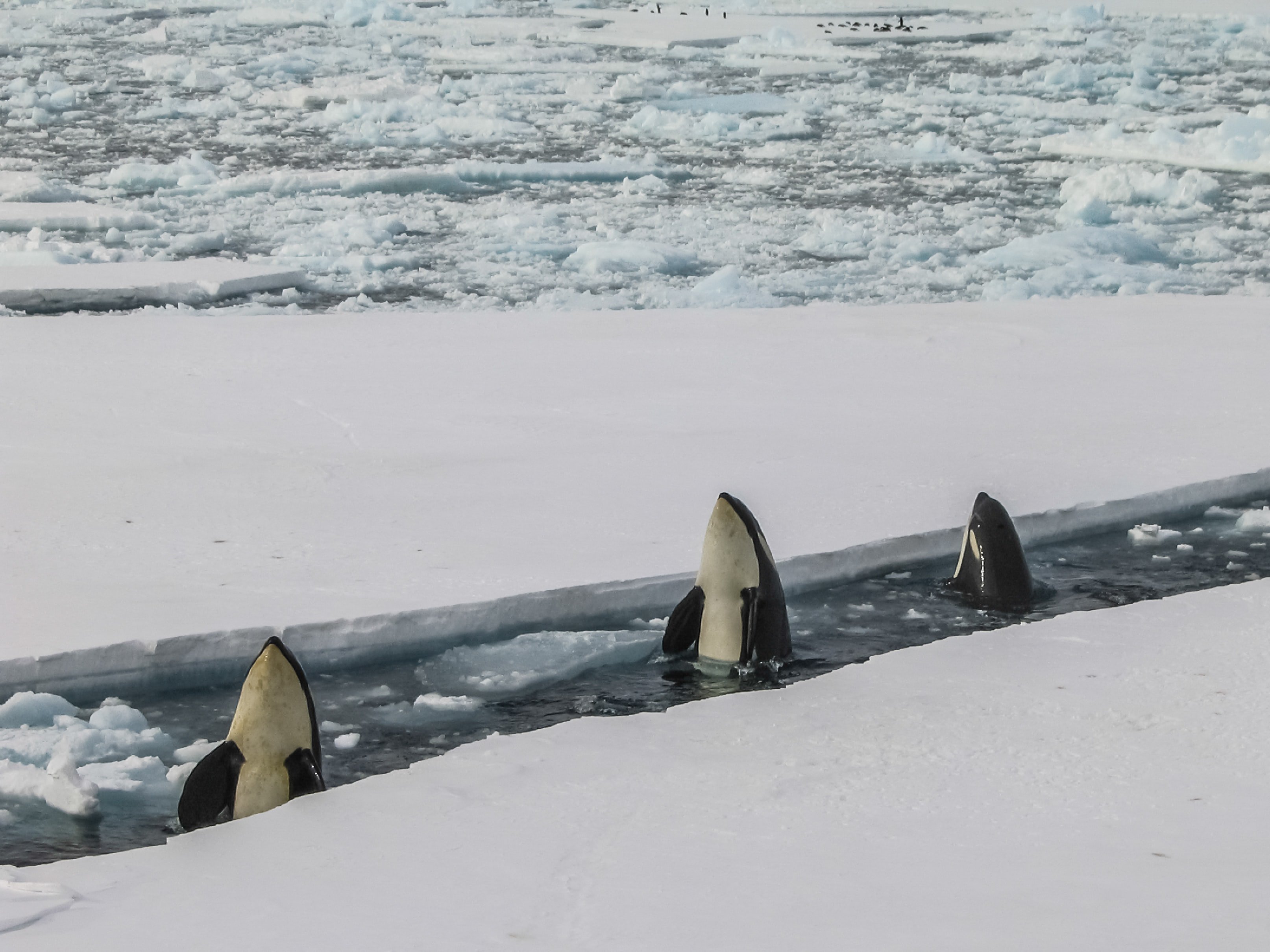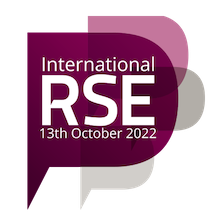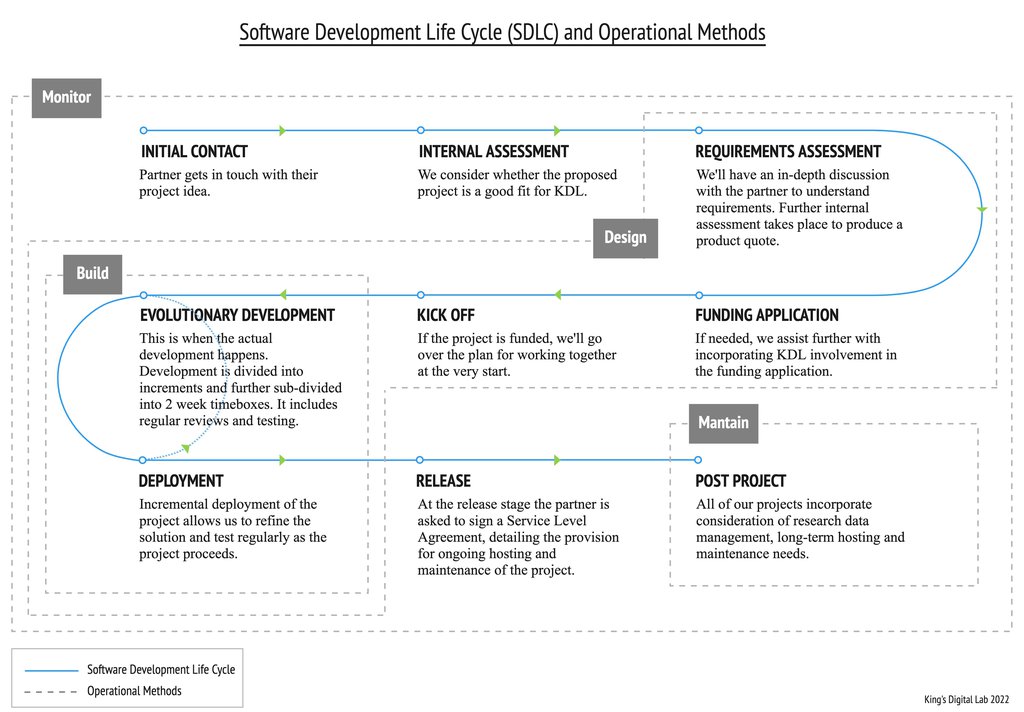What does the role of Research Technology Professional mean to King’s Digital Lab?


For International Research Software Engineering Day we are publishing a serialised blogpost integrating and extracting from our response to the Arts and Humanities Research Council (AHRC) consultation this summer on what the role of Research Technology Professional (RTP) means to King’s Digital Lab. Research Software Engineering profiles are a category within RTPs so our response was based on the KDL experience of inhabiting those roles.
The AHRC scoping study was commissioned to Melian Dialogue with a call for evidence for RTPs in the Arts and Humanities (A&H) structured quite neatly:
Questions
-
Definition
Explore the challenges of identifying Arts and Humanities (A&H) Research Technical [sic – should read Technology] Professionals: developing an inclusive definition which people will relate to
-
Breadth and scope
Map the breadth and scope of RTP community contributing to Arts and Humanities research
-
Contribution to research
RTP contribution to the A&H Research landscape
-
Technician Commitment
Address the pillars of the Technician Commitment
-
Skills and development
Highlight the skills requirements and development needs of RTP contributing to Arts and Humanities research
-
Equality, diversity and inclusion
Increase understanding of EDI issues affecting RTP
Part 1
Who are Research Technology Professionals?
Starting from definitions is a good way to highlight the need to be inclusive of roles and profiles – in bold below are our proposed additions to the AHRC definition which aligns to the Technician Commitment UKRI Action Plan:
"...anyone who brings indispensable specialist technical skills, at an advanced level, to a research project, i.e. professional skills that are necessary for the design, development, delivery, completion and maintenance of the project. Depending on the project, Research/Academic Library professionals, Information systems specialists, Analysts, Sound engineers, Digital technicians, Conservators, Information systems and software engineers, System managers, Archivists, Animators, Illustrators, Graphic and UI/UX designers, Conservators, Curators, Project and research infrastructure managers and others may qualify for inclusion. AHRC encourages a holistic approach to the research ecosystem inclusive of all stages of the research lifecycle from project or product conception to archiving and decommission as applicable."
The inclusion of additional roles as above is based on this document (Smithies 2019) defining RSE roles implemented at KDL in alignment with HR policies at King’s College London (KCL) and industry best practices (e.g. SFIA framework). The rationale behind the profiles document is explained in this blogpost by the ex-KDL director, James Smithies. The trial mentioned in the blogpost did not result in an implementation phase so, while roles are well defined, promotions are still an unresolved issue in the KDL context. Other institutions such as the Advanced Research Computing Centre at University College London have, however, completed a recent pilot in this direction and we are looking forward to hear about lessons learned and applicability in our context.

The proposed additions also support the extension of RTP contribution, in the RSE context KDL operates in, to the overall research lifecycle including design as well as maintenance phases (Smithies and Ciula 2020).

As outlined recently in the contribution “Research Themes – Autonomous Agendas for RSE Lab” presented by some of us in KDL at the RSE Society UK conference this year, RSEs operate in a “hybrid environment bridging professional services and academic research.”:
RSE labs are eclectic settings, home to a wide range of skills and backgrounds. Staff often come from other disciplines with prior expertise. Nurturing diverse interests is fundamental to the adaptability of a lab, which thrives on innovation in new frontiers.
Jakeman et al. 2022
KDL is no exception in that expertise in the team is wide ranging with diverse backgrounds and interests as well as years of experience in the arts, humanities and cultural heritage research contexts.
Part 2 will be meaty with more details on people, projects, infrastructure, methodologies and staying afloat!
